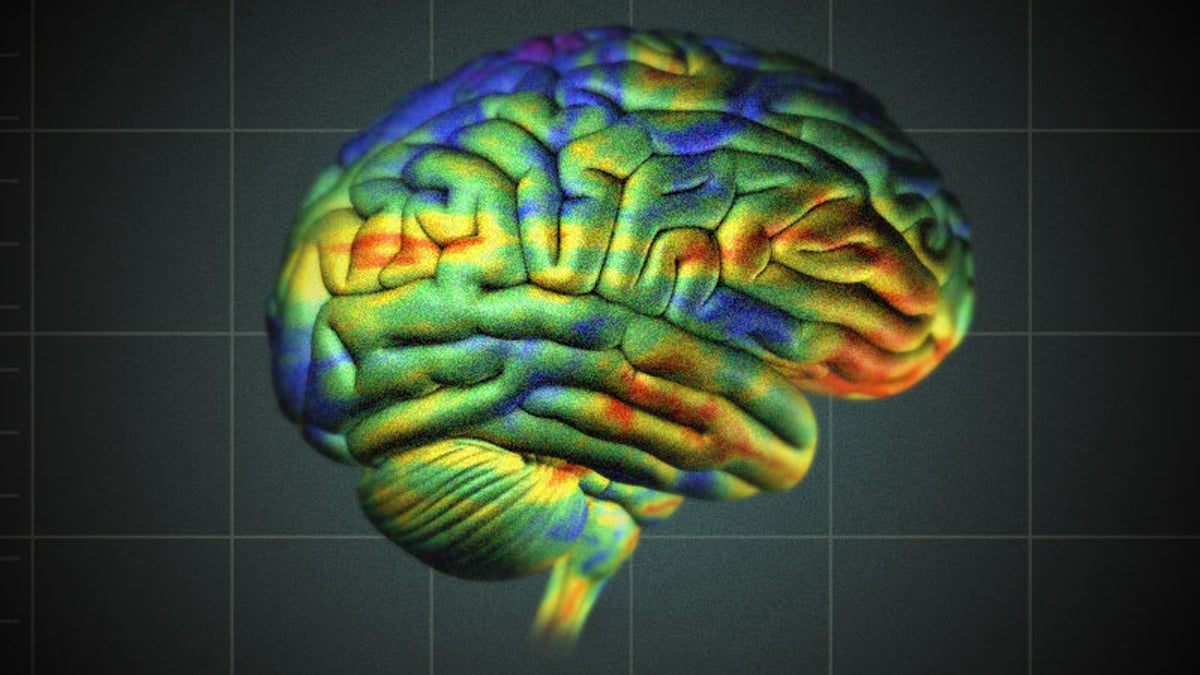Gene therapy to restore sight also strengthens visual pathway in brain, Penn scientists find
Listen
Researchers used neuroimaging techniques to map the nerve fibers that emanate from the retina and project into the primary visual cortex, the visual processing center of the brain. (V. Altounian/Science Translational Medicine)
A transformative treatment that allows patients with a rare form of congenital blindness to see better not only saves retinal cells from destruction, but also rebuilds vision circuits in the brain, University of Pennsylvania researchers reported Wednesday.
In a study, 10 patients with Leber’s congenital amaurosis received gene therapy in their worst-seeing eye, and months or years later the scientists used a variety of imaging techniques to detect any brain changes.
The visual pathway corresponding to the treated eye, compared with the untreated one, was strengthened, “as if it’s been working out in the weight room,” said Jean Bennett, a professor of ophthalmology at Penn. It was also similar to that of people with normal vision.
The reinforcement was specific to the visual system, and seen even in patients in their 30s and 40s — an impressive demonstration of the brain’s ability to adapt, the authors said. The findings were published in the journal Science Translational Medicine.
“This is actually, first and foremost, good news for our patients,” said Manzar Ashtari, a Penn neuroscientist and lead author of the paper. “Any reassurance is so welcome for a brand-new therapy that they were the first to receive.”
The patients in the study all had mutations in the RPE65 gene, which makes use of a form of vitamin A in the eye and is essential for vision. From birth, sight is poor; over time, it deteriorates into complete blindness. The gene therapy restores the functional gene to retinal cells and improves vision.
“These children, who basically came into the hospital using blind canes and holding their parents’ hands, can now ride bicycles and read books and participate in classroom activities,” said Bennett.
Especially given the progressive nature of the disease, Bennett said, the best outcomes are for patients who receive the therapy when they’re young. But the brain plasticity the team observed in older patients suggests there is still a benefit later in life. That result, she added, is likely to apply in other cases, such as in deaf people who undergo restorative treatment for hearing.
The RPE65 gene therapy, now in a phase 3 clinical trial, could be approved by the FDA within a year.
WHYY is your source for fact-based, in-depth journalism and information. As a nonprofit organization, we rely on financial support from readers like you. Please give today.

